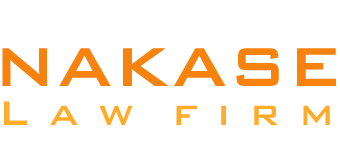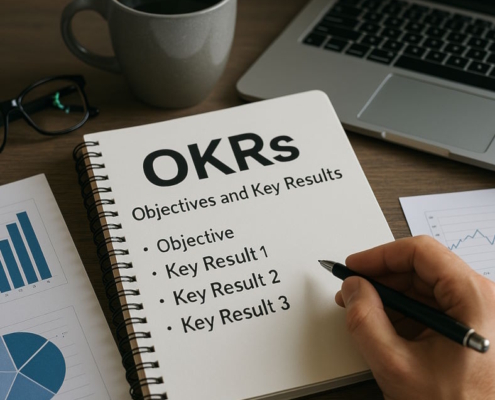How are standard and itemized deductions different?
Understanding deductions when filing taxes is essential to maximizing your possible refund or lowering your amount owed. To put it simply, a deduction is an amount you can take out of your taxable income in order to lower the total amount that is liable to taxes. There are two methods to claim a deduction when filing taxes: basic deduction or itemized deduction.
Math is all that separates the standard deduction from the itemized deduction. Your income is reduced by a certain amount when you take the standard deduction. However, an itemized deduction consists of a list of allowable expenses. Whichever deduction most lowers your tax liability is the one you can claim. It is not possible for you to claim both.
Standard deduction
What does a standard deduction mean? Even though we just went over the fundamentals, let’s get more detailed. The most popular kind of deduction taken by taxpayers is the standard tax deduction, which lowers your taxable income by a certain amount. The typical deduction permits you to deduct taxes even if you don’t have any costs that may be claimed on an itemized basis.
It removes the requirement to itemize deductions and enables you to skip maintaining receipts and records of your expenditures in the event of a tax audit.
The amount of the standard deduction varies based on your filing status. The following sums apply to the tax year 2023:
- $13,850 for single or married individuals filing separately
- Married individuals filing jointly or eligible widow(er) — $27,700
- $20,800 for the head of the household
If you are blind or 65 years of age or older, your standard deduction will be higher:
- $14,700 for singles
- $21,150 for heads of households
- $27,300 for married couples filing jointly or qualifying widow(er)s
How does an itemized deduction work and what does it involve?
While itemized deductions differ from standard deductions in how they lower your Adjusted Gross Income (AGI), they nonetheless do so. The standard deduction is exactly what its name suggests—a standard or defined amount. The itemized deduction, on the other hand, varies from taxpayer to taxpayer and is deducted dollar for dollar. Once you have added up all of your allowable deductions, you can calculate your itemized deduction amount by deducting it from your taxable income. Typical itemized deductions consist of:
- Losses from theft and casualties following a nationally declared disaster
- Donations to charities
- Local and state tax deduction
- Deduction for gambling losses (limited to the amount of earnings recorded on your tax return)
- Interest on a home mortgage
- Unreimbursed dental and medical costs (7.5 percent of AGI), including after-tax income used to pay health insurance premiums
How do you choose which expenses to write off?
Which one then works best for you? It really boils down to the maximum quantity. Estimate your itemized deductions first. Even if you are unable to take advantage of some itemized deductions on your federal return, you may still be eligible to do so on your state form. To find out how much you can deduct, you’ll need to use IRS Form 1040, Schedule A: Itemized Deductions.
Next, based on your filing status, check the itemized deduction value against the basic deduction. You are entitled to itemized deductions on your tax return if the total of your itemized deductions exceeds the standard deduction.
Example of standard versus itemized deductions with revenues from 2023
Your taxable income is lowered to $26,000 if you are a single taxpayer with an AGI of $40,000 and itemized deductions of $14,000. Your taxable income would be $26,150 if you choose to take the standard deduction, which would only lower your AGI by $13,850. You should choose to make itemized deductions in this case.
When should I use the standard deduction versus itemizing?
There are circumstances where itemizing makes the most sense. Here are a few typical scenarios:
- The amount of your itemized deductions exceeds the standard deduction that you are eligible to receive.
- During the tax year, you paid many out-of-pocket, unreimbursed dental and medical expenses.
- On your house, you paid home mortgage interest and real estate taxes (learn more about Form 1098 and mortgage interest that is deducted).
- You suffered significant theft, losses, or uninsured casualty losses due to a federally declared disaster (fire, flood, wind, etc.).
- You’ve lost a lot of money playing poker (and won enough to make up for it).
- You donated a significant amount to charity.
- You were able to deduct additional amounts, such as a disabled person’s labor expenses relating to their impairment or the repayment of payments subject to a claim of right exceeding $3,000.
Understanding deductions from wage paychecks can also influence your decision between standard and itemized deductions.
In the event that your combined itemized deductions and standard deductions would result in a lower overall tax liability between your state and federal taxes, you might still wish to itemize deductions.
This may occur if you itemize on your state and federal tax returns and receive a bigger tax benefit than if you file under the standard deduction. People who live in places like Massachusetts, which forbids standard deductions, or Michigan, which denies them to the majority of taxpayers, ought to take this into account.






























